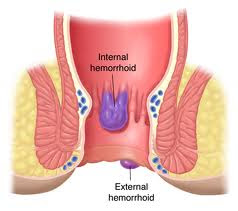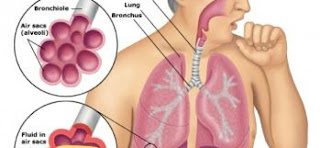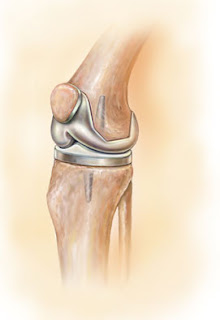Nursing management is about administration, organization and having the ability to control staff and the department that they are responsible for. It is about making correct decisions with regard to their staff and patient's welfare. Most nursing managers have worked their way through the ranks of nursing so to speak and by the very process of having hands on experience should be well qualified to do the job. After having acquired the clinical skills in a general nursing capacity they may well take on a leadership role which requires further nursing education to degree level and possibly higher.
The transition to nursing management would not be all that intellectually challenging for someone who has experience in nursing leadership. A nurse manager would have to have the ability to communicate and interact with not only their own staff but other healthcare workers and other departments within the establishment. The manager would be involved with the creation of nursing plans for their patients so being able to relate to and have an understanding of the patient would be essential.
The ability to increase efficiency by eliminating wasted resources is prerequisite in a good nursing manager. They should have a good understanding of time management and fiscal budgeting plus targets within the organization. Managers would already have good leadership skills and be able to foster good relationships with their staff and intercede in any disputes. A nurse manager needs to nurture teamwork within their department as well as coaching and encouraging the staff and developing good channels of communication.
A nursing manager can find themselves working in varying healthcare settings the most common of these being a hospital. Alternatives to hospitals may be residential care facilities or clinics. Whatever the area of nursing management, the job is very rewarding and makes for a good career.
For the best information on Nursing Management [http://nursingmanagementonline.com] visit Michael's Nursing blog.
There are a wealth of resources on Nursing Leadership [http://nursingmanagementonline.com/nursing-leadership-and-management], Conferences, best practices, jobs, tips, and more!
Article Source: http://EzineArticles.com/?expert=Michael_S_S
The transition to nursing management would not be all that intellectually challenging for someone who has experience in nursing leadership. A nurse manager would have to have the ability to communicate and interact with not only their own staff but other healthcare workers and other departments within the establishment. The manager would be involved with the creation of nursing plans for their patients so being able to relate to and have an understanding of the patient would be essential.
The ability to increase efficiency by eliminating wasted resources is prerequisite in a good nursing manager. They should have a good understanding of time management and fiscal budgeting plus targets within the organization. Managers would already have good leadership skills and be able to foster good relationships with their staff and intercede in any disputes. A nurse manager needs to nurture teamwork within their department as well as coaching and encouraging the staff and developing good channels of communication.
A nursing manager can find themselves working in varying healthcare settings the most common of these being a hospital. Alternatives to hospitals may be residential care facilities or clinics. Whatever the area of nursing management, the job is very rewarding and makes for a good career.
For the best information on Nursing Management [http://nursingmanagementonline.com] visit Michael's Nursing blog.
There are a wealth of resources on Nursing Leadership [http://nursingmanagementonline.com/nursing-leadership-and-management], Conferences, best practices, jobs, tips, and more!
Article Source: http://EzineArticles.com/?expert=Michael_S_S







